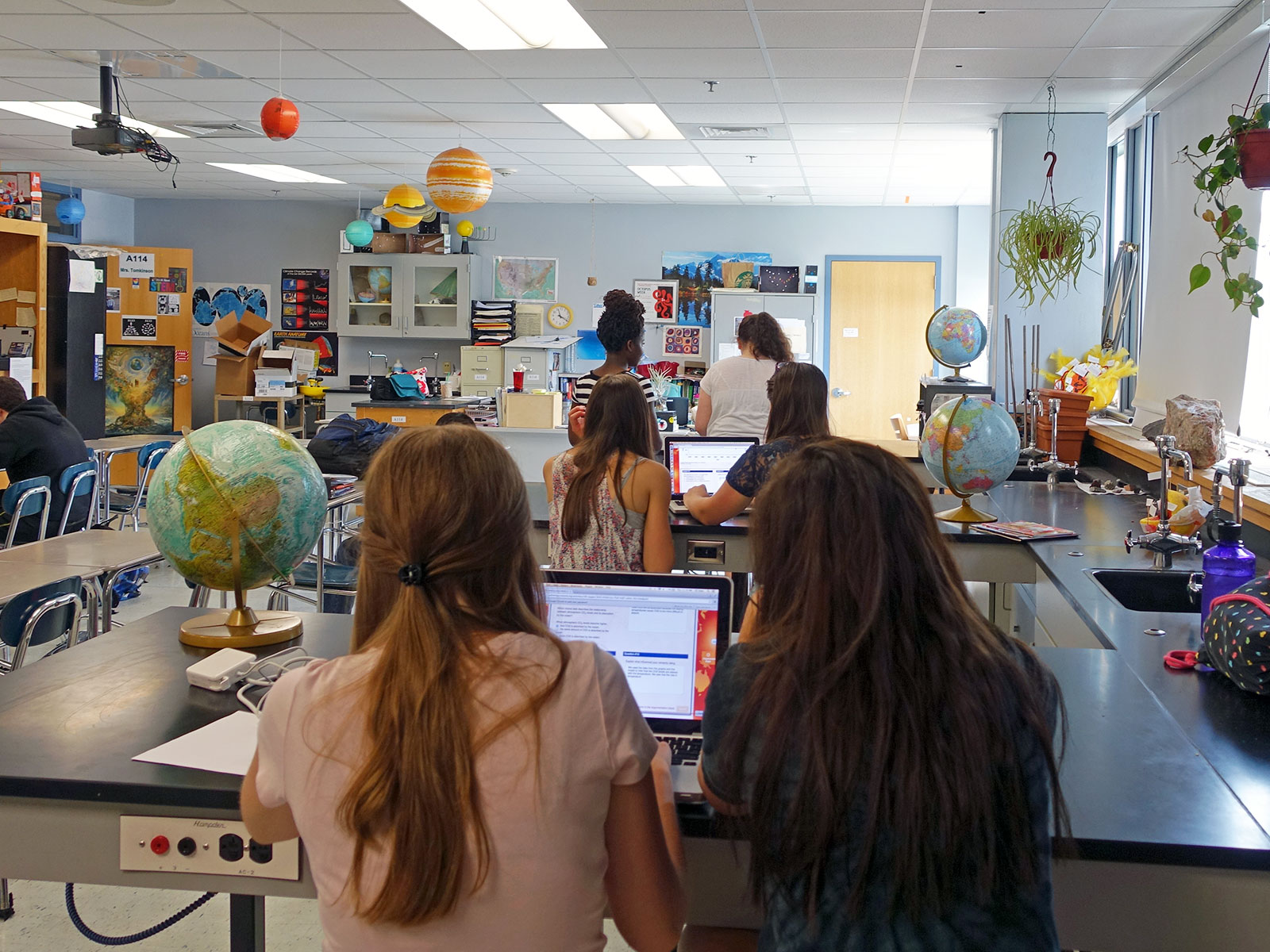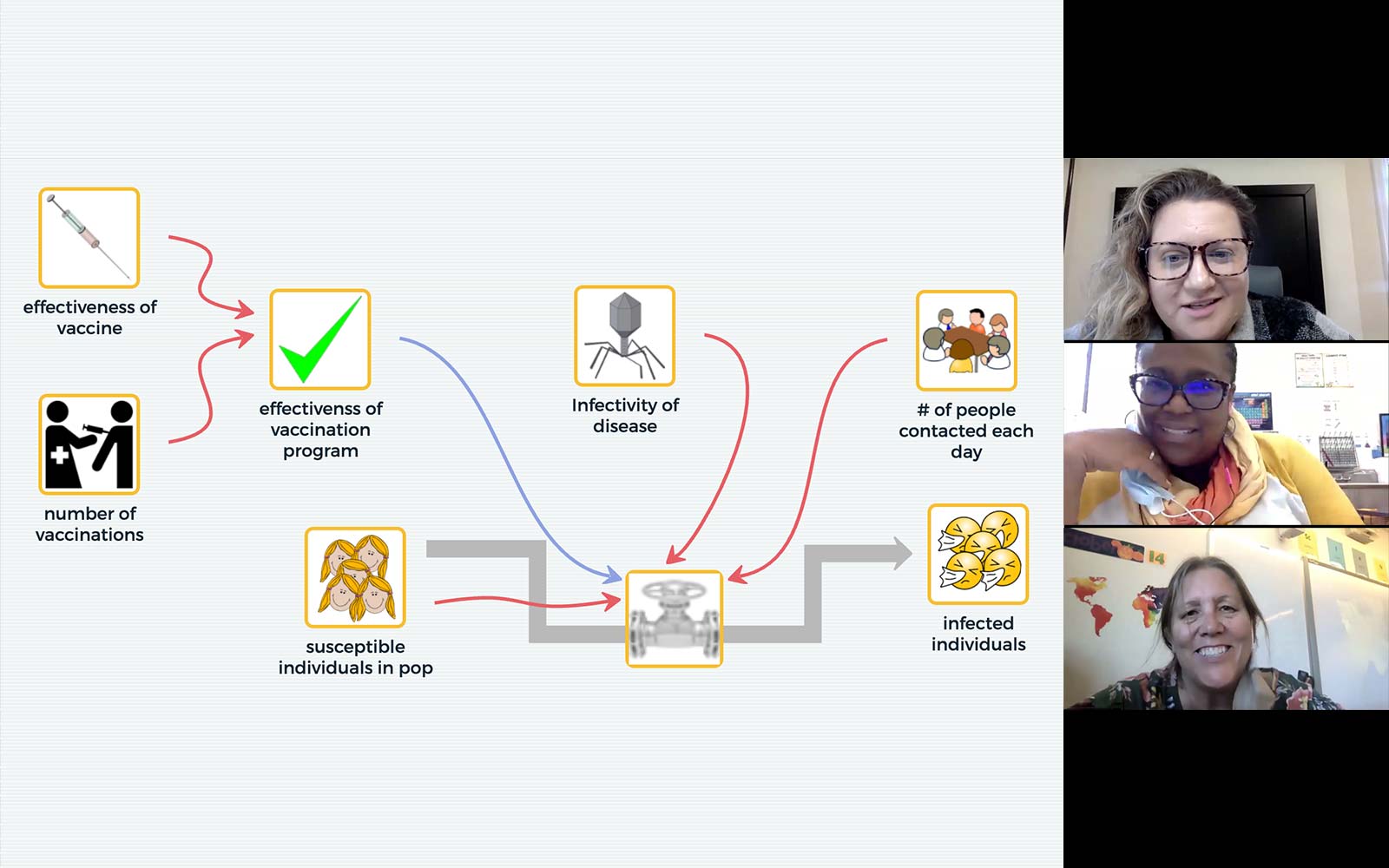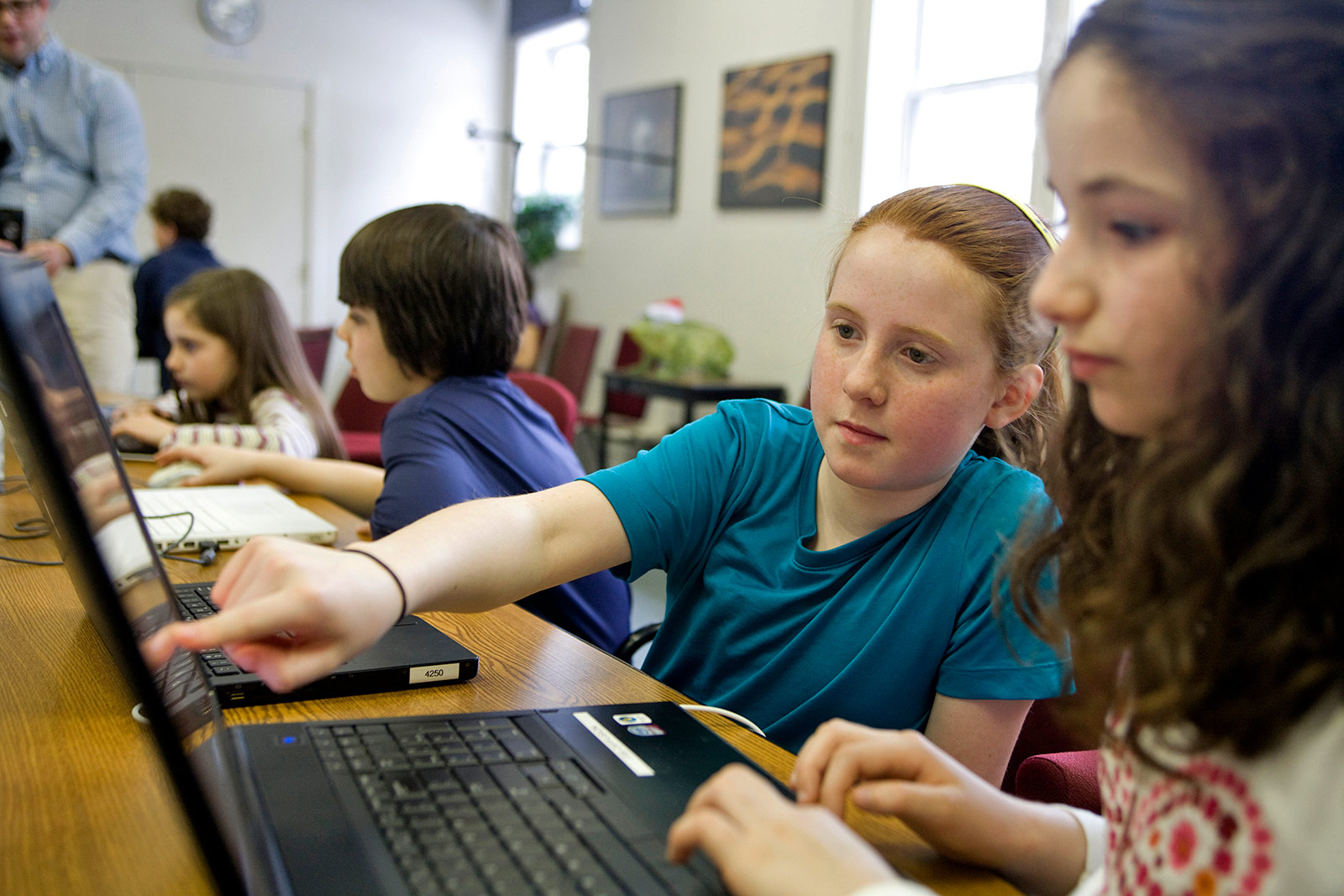Linking Complex Systems
Importance
A great many problems the world faces today involve multiple, interlinked complex systems. Citizens and workers in tomorrow’s world must be prepared to approach many such issues, including ecosystems, Earth systems, or climate change to those with more direct societal links such as poverty, crime, communicable diseases, transportation, and many more. Preparing learners with the background needed to face such interwoven issues—often called “wicked problems”—is a primary challenge of our age. Unfortunately, our current educational system’s readiness to address this challenge is seriously lacking.
Linking Complex Systems will create a new technological genre to address multiple, interacting complex systems. By merging agent-based modeling and system diagramming, this new linked hybrid modeling environment permits learners to move between detailed individual models and global views of stocks and flows for the first time, enabling new modes of experimentation and fostering levels of learner reasoning about complex systems and systems dynamics that are not currently possible.
Our goal is to understand and facilitate learners’ reasoning among and within multiple, interconnected complex systems from multiple perspectives. To do this, we’re uniting two complementary technologies — MIT’s StarLogo and the Concord Consortium’s SageModeler — into a new technological genre supporting complex system reasoning, marrying the strengths of both to form a new linked-hybrid modeling environment, aimed at supporting learning and reasoning in interconnected complex systems; developing a set of core learning exemplars for high school students involving interlinked complex systems; investigating student reasoning and technology interactions as students work with the learning exemplars; and generalizing the technology genre and related tools to the education technology and research communities.
The new linked-hybrid modeling environment will provide three main functions to aid learners. First, the new environment will make use of SageModeler’s macro-level systems diagram view to aid learners in easily understanding the entities and relationships in a system. Second, this new genre will provide learners a much closer link between the macro and micro levels of the system. Finally, the new genre will introduce a new type of quasi-programming interface for these models, accessed through the macro-level model. This new genre will permit learners to easily view dynamic, high-level representations of systems in a way that is currently impossible.
Research
We’re investigating how a linked-hybrid modeling environment can best support learners in examining systems, how systems thinking develops as learners examine “wicked problems” involving interlinked complex systems, and how learners gain in complex systems understanding after engaging with system modeling tasks within the linked-hybrid modeling environment.
Publications
- Staudt, C., Lee, H.-S., & Roderick, S. (2018). Solving big problems requires understanding complex systems. @Concord, 22(2), 12-13.







